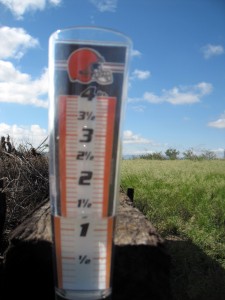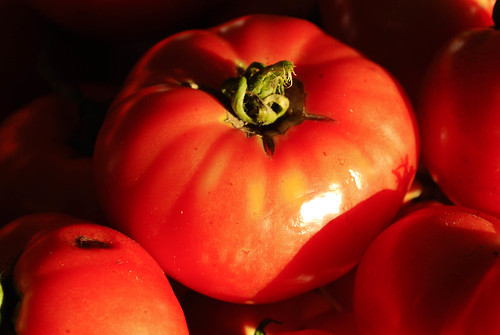I grew up learning that it is important to read labels in order to be an informed consumer, but the truth is, in today’s marketing buzz-happy world, labels don’t mean a lot.
Some of the things we might look for that sound good include “organic,” “natural,” “cage free,” “free range,” etc.
Let’s start with organic. The original spirit of organic farming was to use methods that were environmentally, socially, and economically sound and sustainable. A key tenet is building soil fertility (through natural crop rotation, composting, and planting cover crops, not through chemical fertilizers). Most people think of small farms in association with organic farming.
 In 1990, the USDA created a legal “USDA organic” certification. The main requirements of this are that crops are grown without synthetic fertilizers, and most pesticides are also banned. Animals must eat organic grains and cannot be given growth hormones or antibiotics. Genetic modification is banned. Anything labeled “USDA organic” must meet these standards.
In 1990, the USDA created a legal “USDA organic” certification. The main requirements of this are that crops are grown without synthetic fertilizers, and most pesticides are also banned. Animals must eat organic grains and cannot be given growth hormones or antibiotics. Genetic modification is banned. Anything labeled “USDA organic” must meet these standards.
However, as “organic” has become hot with the market growing substantially over the last couple years, most large factory farm operations have developed an “organic” line. They do meet the requirements of not using chemicals and not including any GMOs. However, they are often still factory-farmed using methods that cannot be considered sustainable. For example, animals can still be kept in inhumane conditions, crowded into small indoor spaces with barely enough room to move naturally.
Some feel that the industrialization of organic food is necessary in order to increase availability and decrease prices. Others think that factory-farmed organic food isn’t really organic in the true sense.
Another variable is that many small producers, including the small organic farm that I work with, choose not to get the organic certification even though they meet all the requirements. For some, it is a matter of cost. For others, it is a protest against the increasingly corporate view of “organic.”
So while “organic” can be a good thing, it is not always indicative of sustainability or social responsibility, and sometimes food that is not labeled “organic” may actually be better than food that is.
On other labels terms, “natural” means absolutely nothing. It is purely a marketing term.
“Cage free ” doesn’t mean much. The vast majority of “cage free” chickens are crowded into giant metal buildings with no access to outdoors, given less space per bird than an 8-1/2″ x 11″ sheet of paper, and have their beaks cut off (without anesthetic) to prevent them from their natural pecking behavior. Is that better than being in a cage? Frankly, with what I’ve learned about chickens (which along with pigs are the most inhumanely treated), I am reluctant to buy any eggs from a store. (Thank god for our local farm. You can also buy small farm-produced eggs at most farmer’s markets. At first I thought it was a little weird and potentially scary. Now I love the eggs and the fact that chickens aren’t abused.)
Unfortunately, the bottom line on labeling is that you really have to do your homework. “Organic” isn’t everything. You have to know your food — where it comes from, how it is produced — and make good choices that reflect your own values.


